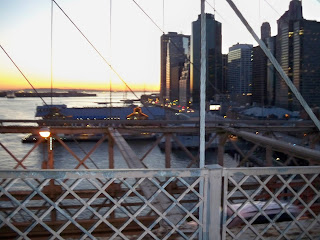Our Films, Our Selves
Today “Harry Potter and the Deathly Hallows” opens in theaters, the first half of the seventh and final Potter book to hit the silver screen. When the first Potter film came out the girls were in first, fifth and seventh grades. Now two are in college and the youngest is in high school. You need only look at Daniel Radcliffe’s jawline, no trace of boyishness left, to know 10 years have passed. But through the magic of cinema his 11-year-old face will always be with us and will remind me, at least, of those relatively (and in retrospect!) serene elementary school years.
Actors are pegged not only to the ages of their debut (think Shirley Temple) but also to their strongest performances. I learned the other day that Jill Clayburgh passed away in early November. For me she will always be the devastated wife and mother of “An Unmarried Woman.” I must have seen that film half a dozen times in its heyday and was always inspired by the New York setting and by Clayburgh’s journey to selfhood (which sounds very transactional and 1970s but, hey, that’s when the movie came out).
The last scene is a classic, as Clayburgh attempts to carry a huge painting that her lover (Alan Bates playing an artist) has given her. Bates is dreamy and Clayburgh loves him, but he’s leaving town and she has worked too hard at independence to follow him. So he hands her the large canvas as if to say, here, you want to be a self-sufficient woman, try this on for size. Or at least that’s the message I took from it at the time. I was much younger then.
